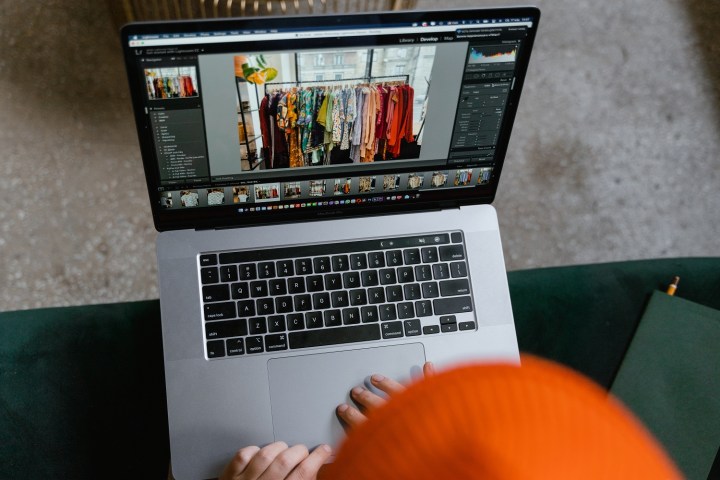
Photo editing is a complex discipline, and it’s not just for those who like to take pictures and process them after the fact; instead, many people have a need for some form of photo editing, whether professional or not. That’s especially the case with the rise of social media and the overall quality of images these days, especially with how easy some apps make it. But, if you’re starting out on your photo editing journey or are already on that path, having a solid photo editing laptop can make a big difference.
Whether you want to run Lightroom or Capture One, you need the equipment that’s fit for purpose. As such, we’ve done our best to pick a selection of laptops for various budgets and needs to help save you the trouble of weeding through the currently saturated laptop market. So, be sure to check out all the options and take a look at our quick guide on how we made these picks to get a better sense of what to look for.
The Best Laptops for Photo Editing
- Buy the if you want the best overall laptop for photo editing
- Buy the if you want the best performance for photo editing
- Buy the if you want the best MacBook for the best photo editing
- Buy the if you want a portable and budget-friendly laptop for photo editing
- Buy the if you want a portable yet powerful photo editing laptop.
Dell XPS 15 Laptop
Best overall for photo editing
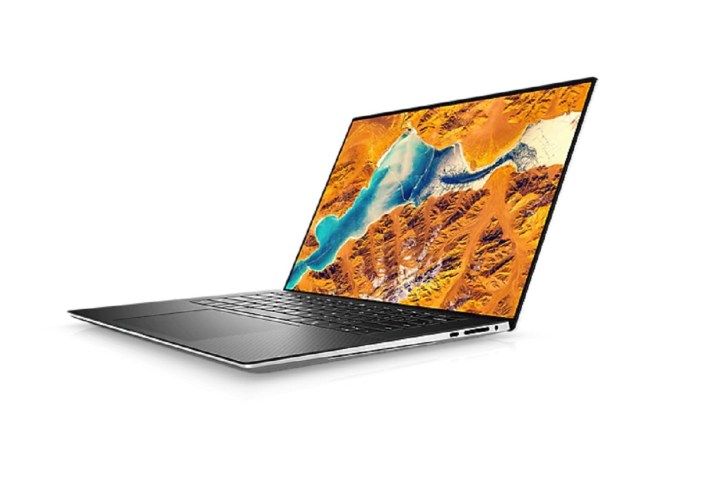
| Pros | Cons |
| Excellent performance | Can be a bit pricey |
| Sold build quality | Entry-level GPU |
| Lots of RAM |
At the top of the list, the Dell XPS 15 isn’t here because it’s the most powerful but because it does a good job of toeing the line between performance and cost. So, while you have a pretty powerful CPU under the hood, the Intel Core i7-13700H, the screen itself is not that great. Don’t get us wrong, it’s still a lovely 15.6-inch screen running an FHD+ resolution, which should be more than enough for most folks, but it’s not a 3.5K OLED screen, which you can actually upgrade to for an extra $300 if you feel it’s worth the cost.
Luckily, even the base screen hits 500nits of peak brightness, so it’s great for use outdoors unless you’re bringing it in direct sunlight, and it is good if you need something on the go. You also get 1TB of storage to work with, which is going to come in very handy in the long run, even if you do have a separate external hard drive. It’s also an SSD, so it’s much faster when it comes to accessing pictures for yourself and inside a program if you’re pulling from and saving to it, which is what you should do if you want a better experience.
One thing worth mentioning is that this configuration comes with an RTX 4050, which is always handy when it comes to post-processing, which often requires a bit of extra graphical performance. It also means you can game on it if you want, but it’s still an entry-level GPU, so don’t expect much from it. Also, the 16GB of DDR5 RAM, while not necessarily going to have a massive impact, will definitely give you a much better day-to-day experience, so it’s a nice little addition to have.
| Specifications | |
|---|---|
| Screen Size |
15.6-inches |
| Processor | Intel Core i7-13700H |
| RAM | 32 GB DDR5 |
| Storage | 512GB SSD |
| Weight |
4.21lbs pounds |
Dell XPS 17
Best powerful laptop for photo editing
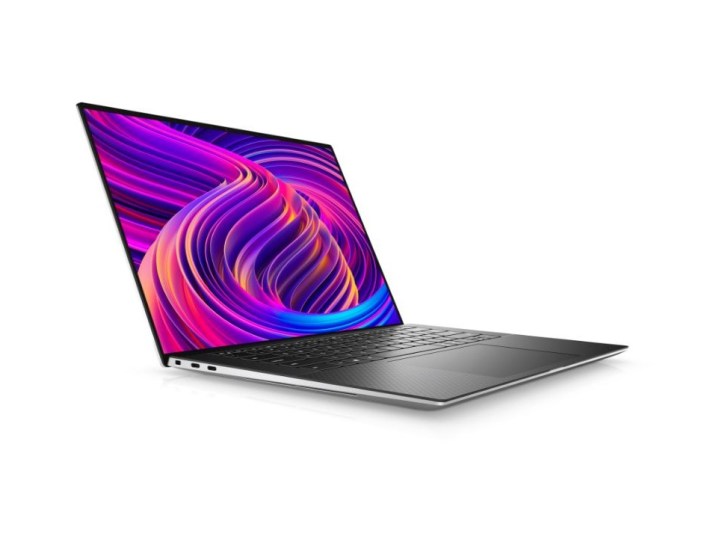
| Pros | Cons |
| Excellent build quality | Average battery life |
| Great keyboard and touchpad | No Wi-Fi 6e |
| Superior display |
Of course, if you do want something that’s going to give you the best of the best, then this configuration of the Dell XPS 17 is the way to go. For starters, you get one of the best CPUs on the market, the Intel Core i9-13900H, which has 14 cores and up to 5.40 GHz Turbo, so it will handle pretty much anything you throw at it. It also makes it a very versatile laptop, whether you want it for photo editing, productivity, or maybe you want to dabble in other creative fields, like music production.
More impressive is the RTX 4070 under the hood, which is a solid mid-range gaming GPU and will actually help quite substantially when it comes to photo rendering and post-processing. You could also potentially upgrade it to an RTX 4080 if you feel you need the extra power, but it’s probably not worth the cost on an already expensive laptop. That said, it does help drive that gorgeous 17-inch UHD+ monitor, and it’s even touch-enabled, so you don’t always have to rely on a mouse and keyboard if you don’t want to. We also appreciate that it can hit 500 nits of peak brightness, which is always an important thing to have
Besides that, you get 16GB of DDR5 RAM, although you can upgrade that too, and 1TB of SSD storage, which is what we’d more likely upgrade than the RAM. One thing to mention, though, is that the battery life of the Dell XPS 17 isn’t that great, so you’ll likely only get four to five hours out of it, maybe more or less, depending on how bright you set the screen. That can be a dealbreaker if you’re looking for something portable, but that’s the reality when it comes to the effect of performance on battery life.
| Specifications | |
|---|---|
| Screen Size |
17.3-inches |
| Processor | Intel Core i9-13900H |
| RAM | 32 GB DDR5 |
| Storage | 1 TB |
| Weight |
5.9 pounds |
MacBook Pro 16
Best powerful MacBook for photo editing
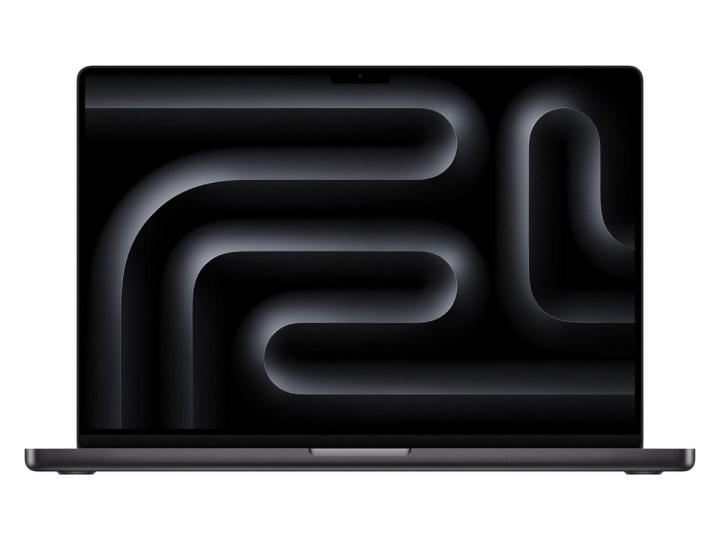
| Pros | Cons |
| The best keyboard on a Mac | Only supports one external display |
| Excellent performance overall performance | Very expensive |
| Very portable |
If you’re an Apple user and want the best you can get, then the M3 Pro MacBook Pro 16 is very hard to beat and is really only beaten out by the M3 Max chip, although that tends to add an extra $1,000 to the price tag. Even without it, though, the M3 Pro chip is still excellent and the second most powerful processor that Apple has to offer, so if you need something with power, this is perfect. Also, Apple’s chips are built on having both CPU cores and GPU cores, so you get graphical processing power as well, so don’t feel like you need a discrete GPU with this one.
Besides that, you also get to work on the lovely 16-inch Liquid Retina XDR display running a very impressive 3456 x 2234, which is probably going to be one of the best screens you can find to do photo editing work on. You’ll also be happy to note that you get 18GB of RAM, which, again, isn’t going to make a huge difference, but it does add a little bit of that extra quality of life. As for storage, you do get a plentiful 512GB, and it runs off an SSD as well, which means faster loading of apps and photos that you want to edit.
Besides the specs, the MacBook Pro 16 is really excellent to write on, and probably has the best iteration of keyboard yet. It also has, unsurprisingly, a long battery life of up to 22 hours, although that will change drastically depending on whether you’re doing heavy stuff on it or running it at full brightness. It’s also surprisingly light for all the power it has, weighing in at just 4.7 pounds, so it’s great if you’re on the move a lot and need something that’s very portable.
| Specifications | |
|---|---|
| Screen Size |
16-inches |
| Processor | M3 Pro |
| RAM | 18GB |
| Storage | 512 GB |
| Weight |
4.7 pounds |
Acer Swift 3
Best portable laptop for photo editing

| Pros | Cons |
| Excellent productivity performance | Small touchpad |
| Bright display with deep contrast | Display is old-school 16:9 |
| Solid battery life |
If you need something that’s quite portable, then the Acer Swift 3 is a solid option, especially because it’s rather tiny. At just 0.63 inches thick, it’s easy to fit into a backpack or bag, and the 14-inch screen means it’s not going to take up a ton of space either. Given that this is a bit more of a budget-friendly option, the screen only runs at 1920 x 1080, but it’s still a gorgeous screen that can hit 100% sRGB, so it’s perfectly fine for most use-cases unless you need something to edit 4k images on.
As for processing power, you get an AMD Ryzen 5 5625U, a mid-range CPU that isn’t quite ideal, but again, as a more budget-oriented option, it will work well if you don’t have really high-end needs. You also get 16GB of DDR4 RAM, more than enough to give you a smooth editing and day-to-day experience. The 512GB of storage should be enough for most of your ongoing projects, although you will still need some form of external hard drive to store most of your stuff so you don’t use up all the internal storage.
On the bright side, the Acer Swift 3 does have some excellent battery life, and the contrast on the screen is excellent, so it’s well-suited for photo editing work. That said, the touchpad is a bit on the smaller side, which might be frustrating to use for some, so you’ll likely need to take a mouse with you to use instead of it. Even so, it really is an excellent overall budget-friendly and portable photo editing laptop
| Specifications | |
|---|---|
| Screen Size |
14-inches |
| Processor | AMD Ryzen 5 5625U |
| RAM | 16 GB DDR4 |
| Storage | 512 GB |
| Weight |
2.76 pounds |
MacBook Air 13
Best MacBook portable for photo editing
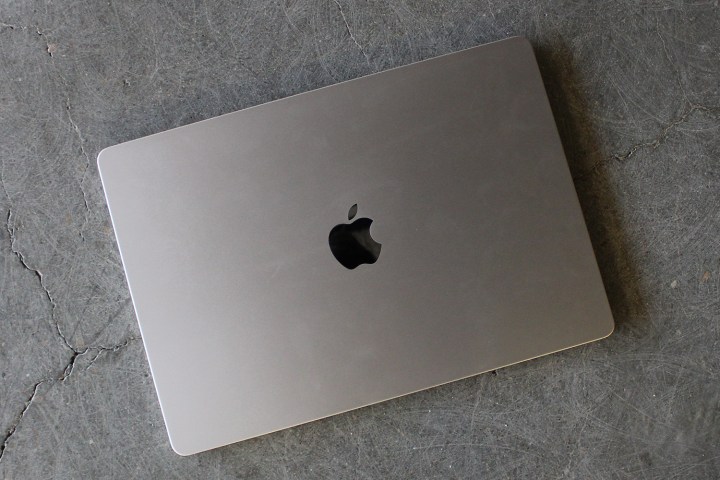
| Pros | Cons |
| Long battery life | Small screen |
| Excellent photo editing performance | Expensive |
| Very portable |
If you need something that has both portability and power, then you can’t go wrong with the MacBook Air 13, although that does come at a price and with the need to be inside the Apple ecosystem. At just 13.6 inches big and 2.7 pounds, the Air 13 is known for its portability, to the point that even the name implies how light and easy it is to carry around. That doesn’t mean that it’s not packed with features, and even the screen itself is a Liquid Retina display running a 2560 x 1664 and covers the P3 gamut, so it’s perfect for photo editing.
Equally perfect is the M2 chip under the hood, one of the second generation of Apple chips, and has about the same, or slightly better, performance than something like an Intel i7 or Ryzen R7. As such, it will easily handle any photo editing task that you throw at it, especially since it has its own GPU cores as well, so post-processing effects will be easier to apply. On the other hand, you only get 8GB of RAM, which is a bit of a letdown given that even the budget-friendly Windows laptops come with 16GB nowadays.
Another thing to keep in mind is that the Air 13 is a fanless laptop, which, on the one hand, means it’s incredibly quiet, but on the other, means that it gets quite hot when you put it under stress. That’s the unfortunate compromise of getting something this thin, so be sure to keep that in mind. Also, the configuration we have here has 512GB of space, but there is a if you feel you can handle the lower storage capacity.
| Specifications | |
|---|---|
| Screen Size |
13.6-inches |
| Processor | M2 chip |
| RAM | 8 GB |
| Storage | 512 GB |
| Weight |
2.7 pounds |
How We Chose These Laptops for Photo Editing
Processing power
Photo editing tasks are not something you can just throw at a budget-friendly laptop and hope it does a good job. Rather, most photo apps and post-processing tend to eat up CPU, and if you want to get things done at a relatively quick pace, then going for something more powerful is important. So, for example, the absolute floor of this is something like an Intel i5 or Ryzen R5, with the ideal being the Intel i9 or Ryzen R9, although those last two options are more expensive. As such, we’ve mostly gone for middle-ground options that give you both power and cost savings, which you’ll find in the Intel i7 and the Ryzen R7.
In a similar vein, having a good GPU can help, although that will depend on what sort of post-processing things you do to your images. If you’re going to be rendering things from scratch, then having a GPU will absolutely help, but if you’re not working with 4K images and applying complex effects, then you don’t really need to spring for an expensive laptop with a high-end GPU.
Screen quality
This one is a bit more complicated with 4K content becoming more common, and having a need for photo editing at that resolution might be important for some. That said, 1080p is still frequently used, and laptops at that resolution tend to be slightly better priced. Even so, the picks above have a range of resolutions for you to pick from, and we’ve included 1080p laptops with an option to upgrade to higher resolutions if you need them.
Storage
Images take up a lot of space, especially if you have hundreds of thousands of high-resolution ones. The problem is that we’re dealing with something that has limited internal space, so, a lot of the time, you’ll very much be shoehorned into smaller storage sizes like 512GB and 1TB options. That said, external hard drives have become really good and really cheap, so spending a ton of extra money on getting larger storage doesn’t seem worth it, especially since most folks already have an external hard drive or can buy one and get much more out of it than spending that same money on a laptop with larger storage. As such, most of the picks above sit at 512GB, with a couple of options at 1TB, just in case.
This article is managed and created separately from the Digital Trends Editorial team.




